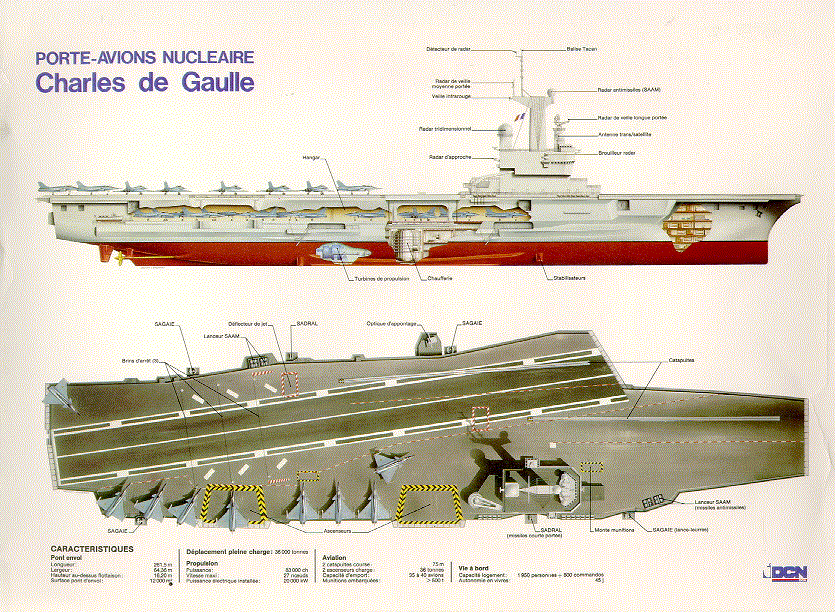A LiveJournal post by Igor113 has lots of photos (and text in Russian) of a visit to the resting place of one of the most fascinating technological relics of the Soviet era — an Ekranoplan:
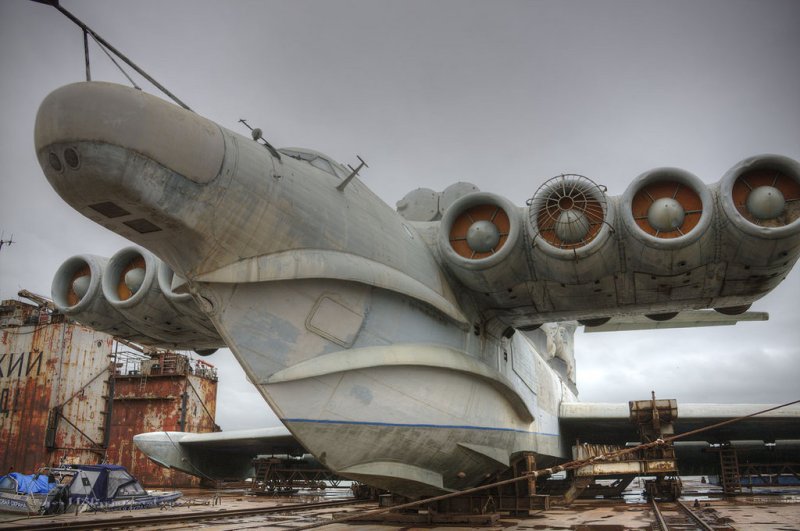
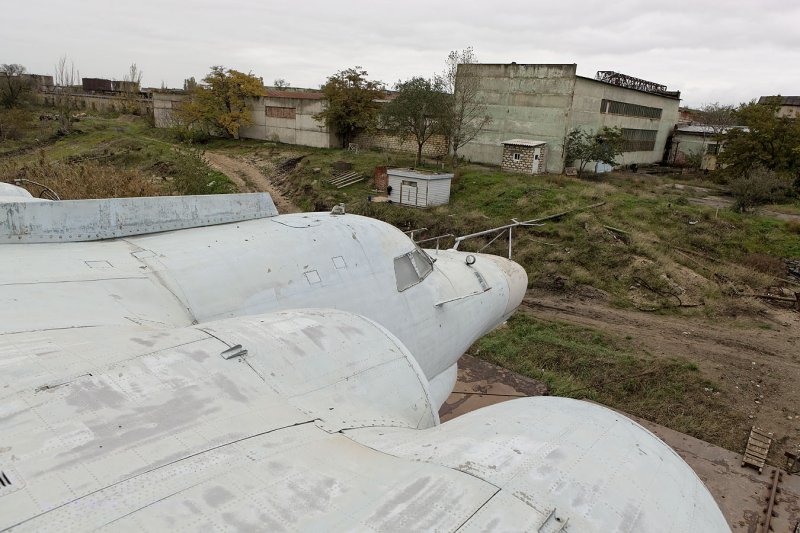
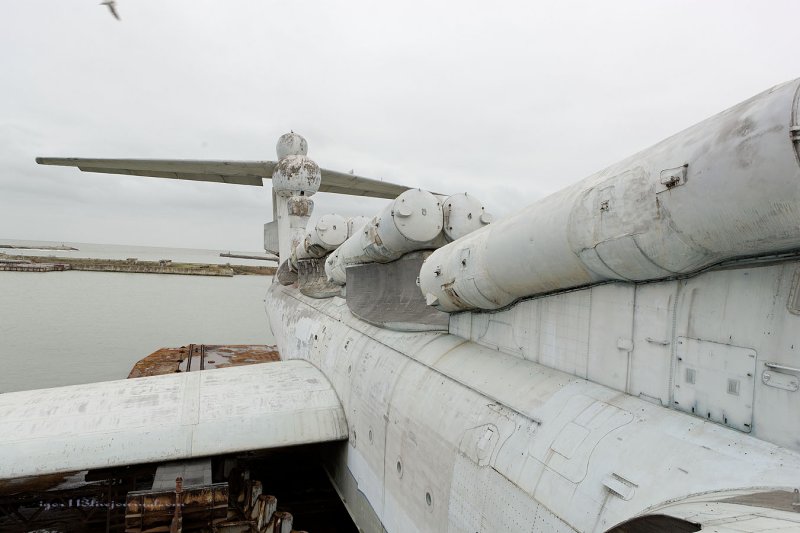
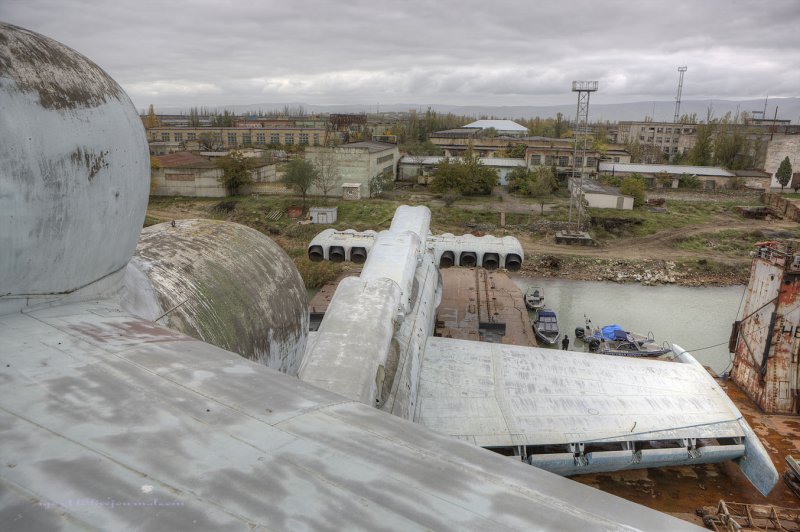
Google translate offers this as the introduction to Igor’s post:
Here are my hands and came up ekranoplana. Ya break a story about it for 3 or 4 parts: a winged-outside (1 or 2 parts), 2-winged inside the 3-winged dock.
In 1987 the water came, “Lun” the first ship of a series of missile-carrying combat WIG weighing 400 tons was the chief designer V.Kirillovyh. The ship was armed with three pairs of cruise missile 3M80 or 80M “Mosquito” (NATO membership designation SS-N-22 Sunburn). The second “Lun” is also being laid as a missile, but the outbreak of the conversion brought about changes, and planned to finish a rescue.
LTH:
Modification of the Lun
Wingspan, m 44.00
Length, m 73.80
Height, m 19.20
Wing area, m2 550.00
Weight, kg
Empty 243 000
maximum take-off 380 000
8 turbojet engine type NC-87
Thrust, kg 8 x 13 000
Maximum speed, km / h 500
Operational range, km 2000
The height of the flight on the screen, 5.1 m
Seaworthiness, 6.5 points
Crew 10
Armament: 6 IP ASM ZM-80 Mosquito
Wikipedia has more. In spite of the apparent derelict condition of the Lun, Wikipedia mentions plans to resume development in 2012.
Update: Charles Stross sent a tweet with a link to this satellite shot of the Lun in dry dock: http://mapper.acme.com/?ll=42.88184,47.65690&z=19&t=H

